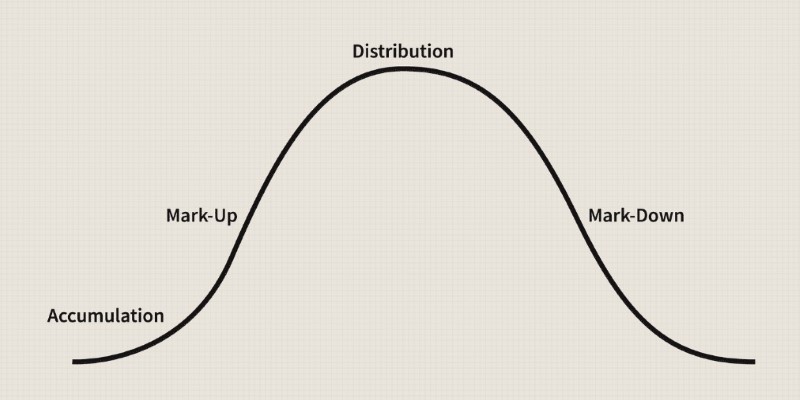Personal loans with low-interest rates are considered ideal for individuals who require funds to cater for large expenses, people who are in dire need of debt consolidation or people who have to cater for emergency expenses because the interest is fixed. However, such loans are not always available to everyone, and especially to those with a poor credit rating. Also, there might be some people who want more freedom in choosing a financial product that corresponds to their temporary or permanent requirements. Realizing other types of credit, different from low-interest personal loans, helps to have the necessary financial leeway to address certain circumstances for certain people. In this article, several non-low interest loan financing models will be looked at in order to understand how each of them provides for different financial demands and wants.

Low or 0% introductory APR credit cards can be a good substitute for low-interest rate personal loans for short-term financing. These cards usually come with an introductory rate, usually valid for a specified number of months, where one can make purchases or transfer of balances without any interest charged. This option is very beneficial for those expenditures which can be paid off before the onset of the introductory period. But, of course, there is the standard interest rate, which applies after these 0% introductory offers, and often it is much higher. However, should the low introductory APR be used, it is advisable to avoid accumulating balances that attract the high rate after a given duration of time.
These are widely used by homeowners needing to borrow more significant amounts of money. They enable you to make loans pegged on the value of your home and at a lower interest than that of personal credit. A home equity loan offers a lump sum but with fixed payment schedules, this makes it suitable for one time use such as on home improvement. A HELOC on the other hand is a type of credit that is similar to a credit card, being able to borrow as much as one needs at any one time as many times as one wants within the credit limit. Although these options can offer substantial financial freedom, they come with the potential of forfeiting your home in case you cannot pay the loan, thus they must be employed carefully.
P2P refers to lending schemes where borrowers get funds from other people, without having to approach a bank for credit. They can also offer more favorable terms and among them, potentially lower interest rates for the better credit candidates. P2P lending is a good way for those who require a loan but maybe unable to get a good rate from the conventional lenders. The application process is relatively simple, and borrowers can get the funds within a few days, as a rule. Nonetheless, interest rates are sensitive to credit rating, and some of the platforms may have additional charges on top of the interest charges. To get the best deal, it is always advisable to carry out a comparison of the offers being provided by the different P2P platforms.
Taking a loan from a close friend or a relative is another option to low-interest personal loans since one can negotiate for a lenient repayment schedule and in most cases, they are charged little or no interest. This can be useful when the person experiences some sort of crisis or for when they need a relatively small amount of cash. But it is essential to handle such kind of credit with proper communication and with a proper contract that will not harm relationships. The terms and conditions of the loan such as how and when the money would be repaid and whether or not the borrower would be charged any interest has to be agreed by both parties. This option does have benefits in terms of financial freedom but it negative impact include damage to relationships if not well managed hence should be considered carefully.
While considering financial solution, flexibility must be paid off for, and at the same time it should be inexpensive. Low interest loans make payment plans more consistent and less expensive, yet lack the variability that may be required for variable or short term expenses. While credit card with low introductory APRs or Home Equity Lines of Credit or HELOCs are flexible they can prove costly if not properly managed. The goal is to find what is most important for you: fixed and regular payments or a possibility to borrow money at some point and choose the option that fits your values.

That is why, as compared with traditional financing sources, non-conventional financing have some advantages but also certain disadvantages. For instance, when using a HELOC, the house is at risk in case one fails to make the payments, though when using the credit card, high interest may be incurred in the event that balances are not paid before expiring of the introductory APR. Financing from relatives and friends is relatively cheap in terms of cost, but it may also have social costs because of the possibility of repayment difficulties. It is extremely important to know these risks while considering your choices. Being able to look at potential negative impacts would help you come to a better decision that would not jeopardize your financial status.
Selecting an appropriate financial option entails a comparison of the loan or credit product to the need of the borrower. For example, credit card offering 0% introductory rate is useful for small and one-time expenses which can be paid within the 0% period, unlike HELOC which is useful for large and ongoing expenses such as home improvement projects. Peer-to-peer lending could be useful if you require a personal loan, and you dont meet the requirements to secure the top interest rates from conventional lenders. Based on the amount of money you need, its purpose and your ability to pay back the money the decision on which credit option offers you the most flexibility at the least cost should be made.
If you have to choose a low-interest instrument instead of personal loans, then, first of all, assess yourself and your prospects. It is good to compare rates of interest as well as charges on various options for credit in order to make a sound decision. Another factor to be weighed is the mobility that each of the options will allow as well as where and how one is able to meet their repayment. Just as when obtaining a conventional loan, shoppers should apply to multiple lenders or borrowing platforms and may be able to bargain for rates. In this manner, you will be capable of making the right decision on which financial solution to subscribe for, and which can best meet your needs and help in improving your financial status.
Searching for different options to low-interest personal loans can give the necessary financial freedom to achieve different goals in life. Each of the options credit card with low introductory APR, home equity loan, peer-topeer lending or borrowing from friends and relatives has its advantages and may also have some disadvantages. The primary concern is to evaluate the necessity of having such service, estimate potential expenses and possible losses, and choose the most appropriate service for the financial conditions. Thus, you can have more opportunities to gain more financial freedom and achieve more financial stability, which will help you confidently go through your financial path.
By Kristina Cappetta/Sep 19, 2024
By Mason Garvey/Sep 23, 2024

By Kristina Cappetta/Sep 22, 2024
By Alison Perry/Sep 18, 2024

By Susan Kelly/Aug 25, 2024

By Juliana Daniel/Sep 23, 2024

By Jennifer Redmond/Sep 22, 2024
By Martina Wlison/Sep 19, 2024

By Madison Evans/Sep 18, 2024

By Susan Kelly/Sep 05, 2024

By Vicky Louisa/Aug 25, 2024

By Kelly Walker/Jul 13, 2024